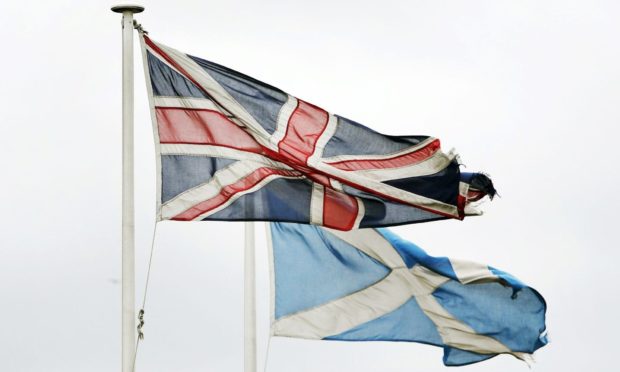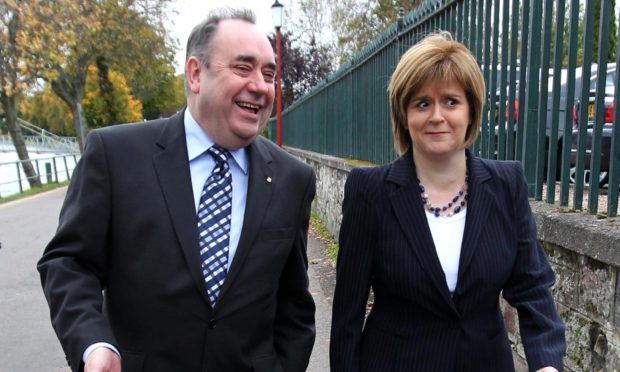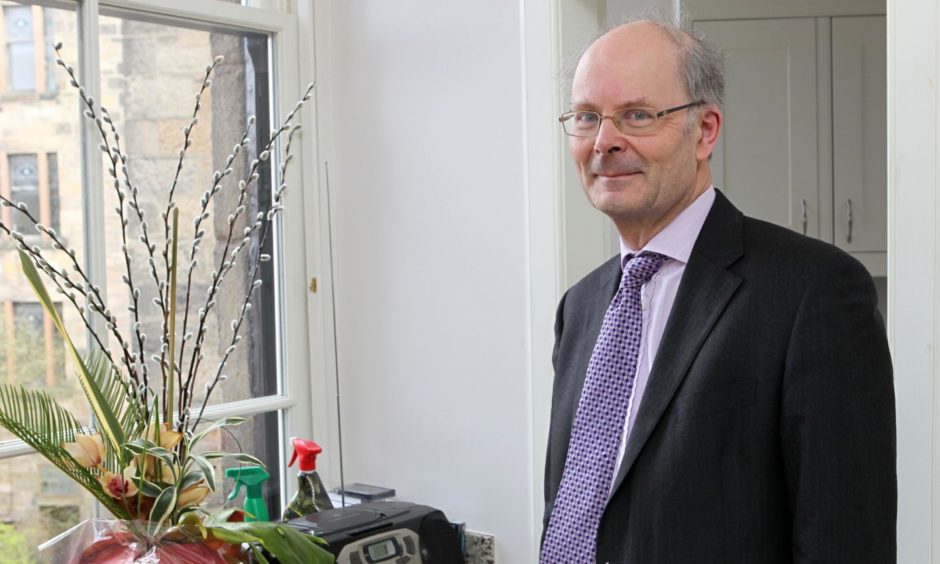New polling suggests Scotland would only vote to become independent if it was guaranteed EU membership.
Data compiled by Survation for us reveal 51% of voters would say No if asked “should Scotland be an independent country”.
But if admission to the European Union was a given, then 53% of voters would agree to separation from the United Kingdom.
Scotland voted by 55% to 45% to stay in the union following a referendum in 2014.
Our survey has been taken after both First Minister Nicola Sturgeon and former SNP leader Alex Salmond provided evidence to the Holyrood inquiry into the government’s handling of sexual harassment complaints, but before the leak from the committee.
Undecided voters have been removed from the data surrounding Scotland’s constitutional future.
The dirty secret of this election is going to be, for the UK Government to avoid the embarrassment of the SNP having an overall majority, they are relying on the Labour Party to deliver it.”
Professor Sir John Curtice, Strathclyde University
A deliberately large sample size of more than 2,000 Scottish residents was surveyed between March 11 and March 18.
50/50
Polling expert Professor Sir John Curtice said the latest figures once again showed how evenly split Scotland is in regard to independence.
He said: “All the polls are roughly around 50/50 at the moment and there is increasing evidence the whole row has not made much difference.
“Support for the country is split down the middle of the country and has been split down the middle since February.
“It’s clearly lower than it was last year, but it hasn’t really moved during the course of recent weeks.”
He added: “The support for independence amongst people who voted remain goes up from 54% in the standard question to 59%, whereas the leave voters basically aren’t moved.
“So it basically attracts more remain voters, which is already the case, support for independence is quite heavily structured by whether people voted remain or leave in 2016.”
Holyrood seat predictions
The SNP are on course for an overall majority at Holyrood in the upcoming election, according to the latest statistics, with the party expected to win 67 seats.
In the tight race for second place, Labour would win 24 seats, the Scottish Conservatives 22.
The Scottish Greens would have 11 seats and the Lib Dems are predicted to repeat 2016 with five seats.
The Tories would likely take more constituency votes (21% to Labour’s 20%) but would be pipped to second in the regional list vote (20% to the Tories’ 19%).
Sturgeon enjoys ‘significant popularity’
Damian Lyons Lowe, Survation founder and chief executive, said enthusiasm for Ms Sturgeon and the SNP in general was not “translating” into overall support for independence.
“The first poll in our election series for DC Thomson features a larger-than-usual sample size of more than 2,000 Scots being interviewed, meaning that we can see more clearly differences in opinion by region and past voting intention on key issues.
“Despite recent controversies, these initial results, as the campaign kicks off, indicate the SNP would take a majority of seats were the Scottish parliament election to be held today, receiving 50% of the constituency vote and a 39% share of the regional list second vote.
“Two thirds of Scots believe the Scottish government has handled the coronavirus pandemic ‘well’ vs less than a third who said ‘badly’.
“For the first time since December 2019, using the standard independence question, Survation has a two-point lead for No to independence — 51% to a 49% for Yes when undecided voters were removed.”
‘Dirty secret’
Regardless of voting intention, 31% of respondents said they would consider voting Labour in May, while 28% would vote for the Scottish Greens.
Around 22% would consider voting for an “other” party, while only 15% would consider voting for the Conservatives and 20% for the SNP.
Professor Curtice added: “There really is a close race for second place.
“If you take the numbers and put them through the Scottish Parliament calculator it’s SNP on 67 seats, Labour 24, Conservatives 22, Scottish Greens 11, Lib Dems five.
“This just puts the SNP slightly on the side of an overall majority but it’s obviously all still pretty tight.
“The dirty secret of this election is going to be, for the UK government to avoid the embarrassment of the SNP having an overall majority, they are relying on the Labour Party to deliver it.
“The Tories are too tied to the leave vote and are very strongly anti-Sturgeon, anti-SNP in its outlook.”
He continued: “So basically 27% of current SNP voters say that they might vote Labour, but only 6% say they’d vote Conservative.
“Equally 23% of Labour voters and 24% of Lib Dem voters say they might vote for the SNP. But, again, hardly any Tories will do so.”


